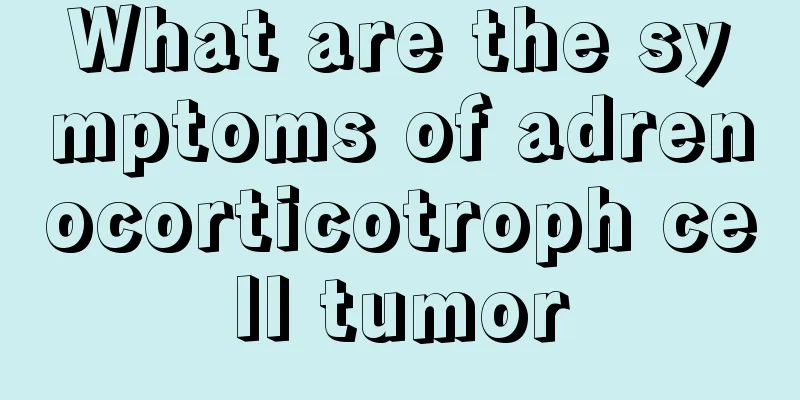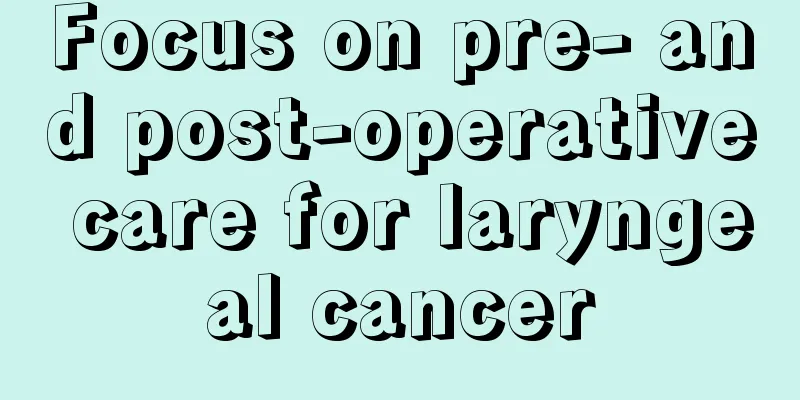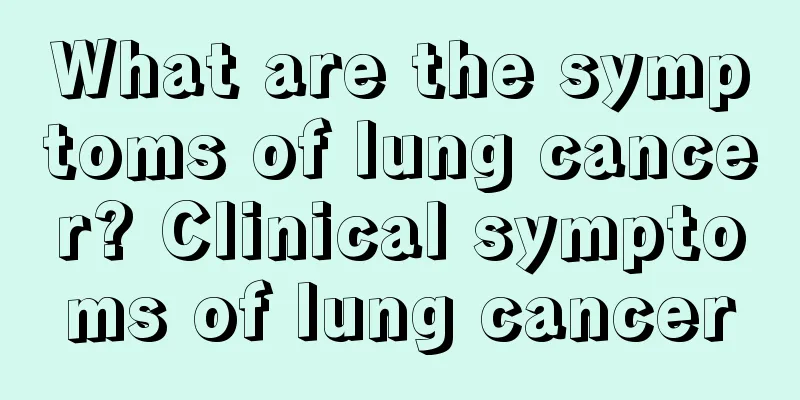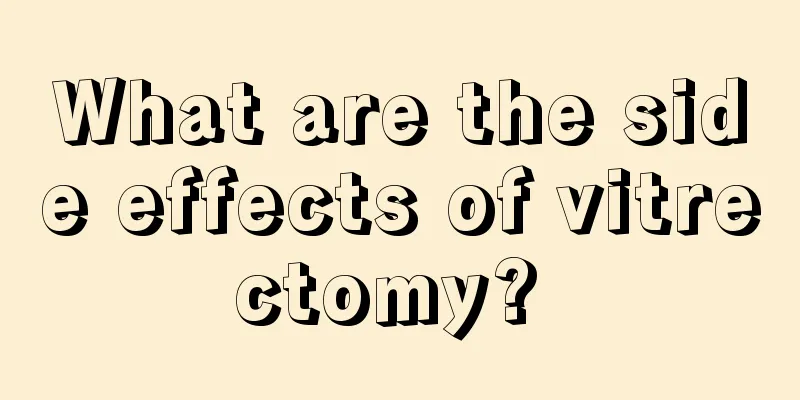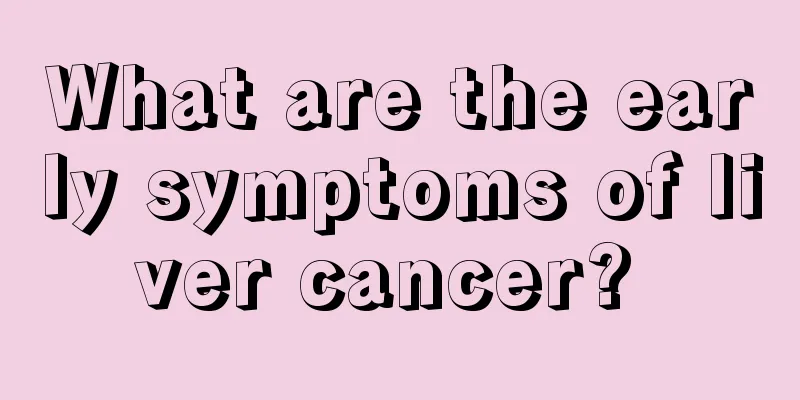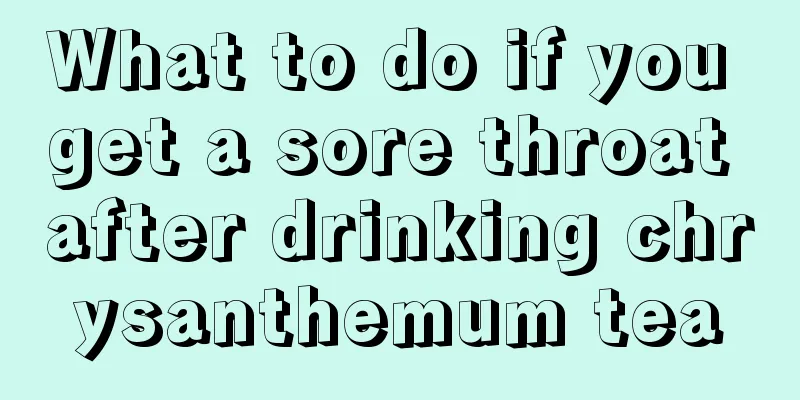How to treat heel strain
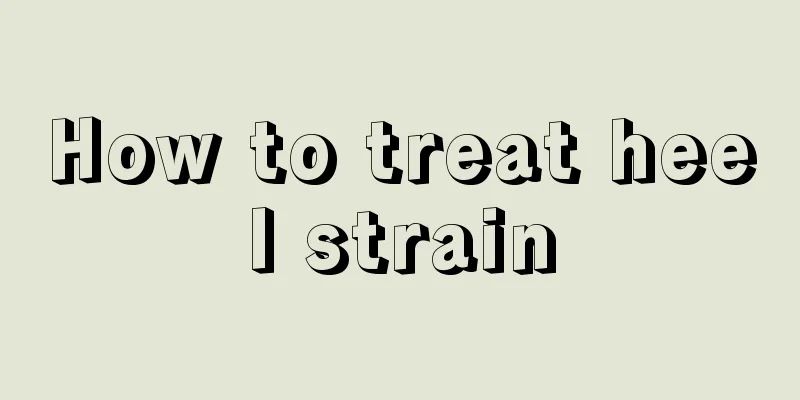
|
When you experience pain in a certain part of your body, you must make sure whether it is a soft tissue contusion or a ligament strain, because these are two completely different concepts. Judging from the big data, the parts of the body that people usually strain are ankles, wrists, etc. Heel strains are rare, but they do exist. Heel strains are also extremely painful. The following is a detailed explanation of the treatment methods for heel strains. Heel ligament sprain is generally a common soft tissue injury. Pay attention to observe whether there are any obvious abnormalities in the flexion and extension of the ankle joint. If you cannot actively move backward, you need to pay attention to problems such as Achilles tendon rupture. You can have a face-to-face consultation with an orthopedic surgeon for a preliminary diagnosis. If it is a simple ligament sprain, you can spray the local area with an aerosol for swelling and pain, or use a plaster such as a pain-relieving plaster for treatment. Temporarily reduce movement, avoid strenuous exercise, and long-distance walking. Minor strains generally take one to two weeks to recover. What to do if your heel is injured Heel pain is a disease caused by lesions in the bones, joints, bursae, fascia, etc. of the heel. The most common is plantar fasciitis, which often occurs in people who stand or walk for long periods of time. It is caused by long-term, chronic minor injuries and is manifested by the rupture and repair process of the plantar fascia fibers, bone hyperplasia and tenderness at the fascia attachment on the inner side of the calcaneus, and lateral X-rays showing calcaneal spurs. However, bone spurs do not necessarily cause heel pain, and plantar fasciitis does not necessarily cause bone spurs. Heel pads are effective. Inject prednisolone acetate into the tender spot once a week, and it will usually be cured after 2 to 3 times. Heel pain that has not been cured for a long time can be treated with calcaneal anvil decompression surgery. Heel pain is common in the elderly. The elasticity of the heel pad decreases and there is tenderness under the entire heel. Sponge heel pads and occlusive therapy are effective. Posterior calcaneal bursitis often occurs between the Achilles tendon and the skin, caused by friction injury, and manifests as fluid accumulation in the bursa, swelling and tenderness. Avoiding friction and injecting prednisolone acetate into the cyst are effective. Osteochondrosis of the calcaneal epiphysis occurs in boys around 9 years old, causing pain and local tenderness when the Achilles tendon is exerted. After the epiphysis heals, the symptoms resolve spontaneously. Subtalar arthritis often occurs after calcaneal fracture. If conservative treatment is ineffective, calcaneoarthrodesis should be performed. The above is my summary of what to do if you have a heel injury. Everyone has different reasons, so the degree of heel injury is also different. No matter what, there must be a certain reason for heel injury. Only by knowing the reason can we treat it faster and get healthier faster. |
<<: How long does it take for a sprained hand ligament to heal?
>>: Can belly button poop be dug out
Recommend
I woke up in the morning with a bit of chest pain
In our impression, when we wake up every morning,...
What causes pain under breast?
Women's breasts are very important to women, ...
Experts give detailed introduction to the early symptoms of nasopharyngeal carcinoma
For patients with nasopharyngeal cancer, it is be...
What medicine should I apply to my ears when they are frozen and itchy?
When winter comes, many people suffer from frozen...
What are some tips for relieving migraine pain?
Headache is a rather troublesome symptom. When it...
Still using the refrigerator to store food? You are OUT
Some foods can easily spoil if not properly store...
If you want to prevent colorectal cancer, you must learn prevention methods
In recent years, with the increasing incidence of...
What are the symptoms of being unable to walk
When elderly people reach a certain age, their bo...
What are some tips for cleaning kitchen grease stains?
Kitchen hygiene is a very important matter, and i...
What are the dangers of melanoma
Do you also suffer from melanoma like the protago...
How to care for liver cancer patients? Introduction to home care methods for liver cancer patients
Liver cancer patients need to rest for a period o...
What are the ways to enhance sexual performance with eggs?
Eggs, also known as chicken eggs or chickens, are...
Will my heart rate drop if I quit smoking?
Smoking is a very common behavior in life and a h...
Why do women blush?
There are many reasons why women blush. The physi...
What causes eyelid blisters
Many people's eyes often get sick, and they m...
